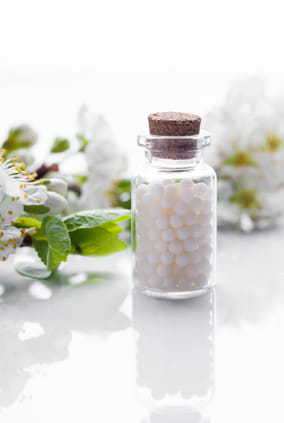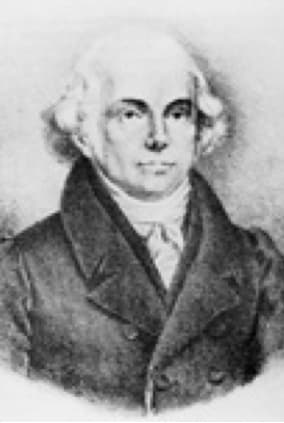THE HISTORY OF THE DISCOVERY AND USE OF HOMEOPATHY
In the late 1700s, Samuel Hahnemann a physician, chemist, and linguist in Germany, proposed a new approach to treating illness. This was at a time when the most common medical treatments were harsh, such as bloodletting, purging, blistering, and the use of sulphur and mercury. At the time, there were few effective medications for treating patients, and knowledge about their effects was limited.
Hahnemann was interested in developing a less-threatening approach to medicine. The first major step reportedly was when he was translating an herbal text and read about a treatment (cinchona bark) used to cure malaria. He took some cinchona bark and observed that, as a healthy person, he developed symptoms that were very similar to malaria symptoms. This led Hahnemann to consider that a substance may create symptoms that it can also relieve.
This concept is called the "similia principle" or "like cures like." The similia principle had a prior history in medicine, from Hippocrates in Ancient Greece -- who noted, for example, that recurrent vomiting could be treated with an emetic (such as ipecacuanha) that would be expected to make it worse -- to folk medicine.
Another way to view "like cures like" is that symptoms are part of the body's attempt to heal itself -- for example, a fever can develop as a result of an immune response to an infection, and a cough may help to eliminate mucus -- and medication may be given to support this self-healing response.
Hahnemann tested single, pure substances on him and, in more dilute forms, on healthy volunteers. He kept meticulous records of his experiments and participants' responses, and he combined these observations with information from clinical practice, the known uses of herbs and other medicinal substances, and toxicology, eventually treating the sick and developing homeopathic clinical practice.
Hahnemann added two additional elements to homeopathy:
- A concept that became "potentization," which holds that systematically diluting a substance, with vigorous shaking at each step of dilution, makes the remedy more, not less, effective by extracting the vital essence of the substance. If dilution continues to a point where the substance's molecules are gone, homeopathy holds that the "memory" of them -- that is, the effects they exerted on the surrounding water molecules -- may still be therapeutic.
- A concept that treatment should be selected based upon a total picture of an individual and his symptoms, not solely upon symptoms of a disease. Homeopaths evaluate not only a person's physical symptoms but her emotions, mental states, lifestyle, nutrition, and other aspects. In homeopathy, different people with the same symptoms may receive different homeopathic remedies.
Related Articles
Cosmetic Acupuncture
Want to feel refreshed, energized with younger looking skin? Look no further! Call Today and schedule a divine facial acupuncture session!
Weight Management Program
After having tried all sorts of fad diets and pills most people are unhappy with their present weight. Visit our Weight Management Program and find about the Naturopathic Way To Better Health.
Are You Trying To Quit Smoking?
We offer an all natural Quit Smoking Program customized for you by our Toronto Naturopath using therapies such as acupuncture, hypnotherapy and homeopathy.




